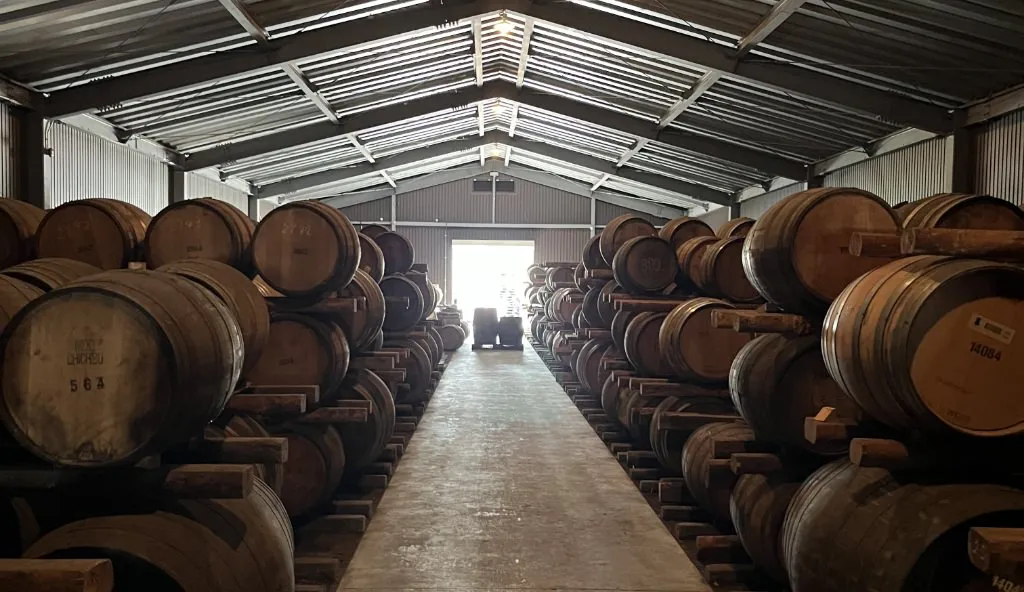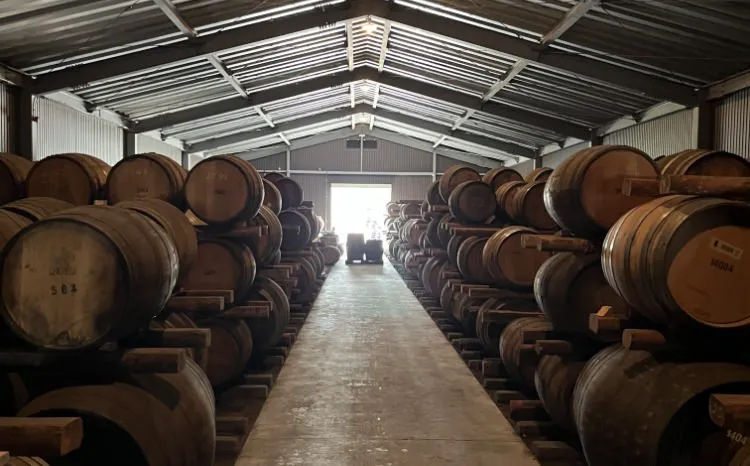Japanese whisky is globally renowned for its traditional production methods, inspired by Scottish craftsmanship and its rich flavors. In recent years, it has grown into a key export product, drawing global attention from whisky enthusiasts, while new distilleries continue to emerge across Japan. Some brands have received prestigious awards at global competitions, cementing the brand value of Japanese whisky.
Despite its success, the Japanese whisky industry faces major challenges in ensuring long-term sustainability and growth. Because whisky requires a long aging process before it can be sold, this extended maturation period strains cash flow, making it especially challenging for new distilleries to secure funding. Moreover, while aged whisky holds significant asset value, conventional financial products have struggled to fully utilize this potential.
To tackle these challenges, Sumitomo Mitsui Finance and Leasing Co., Ltd. launched an Asset-Based Lending (ABL) scheme, assessing whisky as a movable asset and offering loans accordingly. This approach has enabled financing for whisky producers facing cash flow issues.
The Whisky Industry’s
Urgent Challenges and
the Proven Effectiveness
of ABL Through Producer
Dialogue
In the late 2010s, some businesses in Japan started producing whisky with inadequate facilities, straying from traditional production methods. Others imported whisky from abroad, bottled it in Japan, and marketed it misleadingly as “Japanese-made”. Kazuma Onodera, a whisky enthusiast from the Financial Advisory & Solution Promotion Dept., recalls, “Without a system to support producers truly dedicated to craftsmanship, I was concerned about the future of Japanese whisky.”


Onodera promoted the introduction of ABL alongside Hiroshi Tomioka from the Agrifood Business Promotion Dept., who was well-known within the company as a whisky enthusiast. Leveraging their respective networks, the two conducted interviews with whisky producers. Through ongoing dialogue with these businesses, they became increasingly convinced that ABL is an effective tool for securing the time needed for long-term aging.
Tomioka reflects on his experience working with whisky producers: “If we had approached them solely as a financial institution seeking to assess funding needs, it would have been difficult to gain their trust. Instead, we shifted our focus to exploring how we could create a system that contributes to the Japanese whisky industry as a whole. This approach allowed us to have meaningful dialogues with internationally recognized whisky producers.”
As a result, they gained more opportunities for meetings through referrals, enabling deeper information exchanges.
Several obstacles had to be overcome to make this project a reality. First, whisky casks are typically traded in closed transactions, making it difficult to analyze market sales records. Regarding this, Onodera and Tomioka, both whisky experts, carefully explained internally the value of whisky casks, their potential for long-term appreciation, and their storability with minimal risk of deterioration as collateral. They also compiled a list of potential risks during the loan period and engaged in continuous discussions with the Credit Dept. to develop measures to mitigate these risks.
Furthermore, several issues had to be clarified regarding the treatment of whisky as collateral under the Liquor Tax Act of Japan, including the applicability of liquor tax and the specific conditions that trigger taxation. To resolve these concerns, they held multiple discussions with the tax authorities in Japan.


Visited distilleries across Japan to gain knowledge.
Regional Development
Sparked by the Whisky
Industry
Through this process, ABL using whisky casks as collateral was successfully implemented. This initiative not only provides financial support to whisky producers but also has the potential to evolve into a broader approach that generates economic and social benefits for local communities and related industries.
Tomioka emphasized the potential for regional development driven by distilleries, stating, “The ability of local distilleries to attract new investment is highly significant, as it can positively impact the regional economy. Such investments can create new jobs, promote the use of local resources, and ultimately revitalize entire communities.”
Onodera highlighted the potential of the whisky industry as a tourism driver and its broader economic impact. “For example, in Scotland, the heartland of whisky, entire towns have developed around distilleries. On Islay, in particular, distilleries attract hundreds of thousands of tourists annually, keeping the unemployment rate as low as 0.6%, effectively achieving full employment. In Japan, Yoichi Distillery in Hokkaido reportedly attracts around 800,000 visitors per year, generating significant tourism revenue for the region. I hope to see similar initiatives take root in other regions of Japan, following these successful examples.”
The Potential of ABL for
Broader Applications and
the Creation of
Further
Social Value
The whisky cask ABL initiative is expected to continue, with potential application for other products. ABL is particularly well-suited for items that require a time lag between production and sale, during which their value increases. Examples include juvenile tuna, whole legs of cured ham, fermented foods, aged sake, and grapevines for winemaking. In Italy, there are even cases where 36-month-aged Parmesan cheese was used as collateral for loans.
Looking ahead, Onodera expressed his enthusiasm, saying, “By successfully using whisky, a movable asset, as collateral instead of real estate, I believe we have challenged conventional financial practices in Japan. There are still many assets and businesses in Japan that have yet to receive financial support. I hope to actively identify these opportunities and contribute to the country’s economic growth.”
Tomioka also discussed the challenges of ABL and shared his outlook, stating, “Through this project, we encountered various issues with ABL, including the difficulty of establishing valuation standards for assets like whisky casks, which lack market data. By tackling these challenges one by one and refining the system, we aim to develop a framework that continues to support.”


Onodera shared his deep passion and vision for the whisky industry, stating, “Over the past 100 years, Japanese whisky has grown to become one of the world’s top five major whiskies. By carefully nurturing this industry over the next 100 years, I believe it has the potential to mature even further and evolve into a thriving sector that continues to bring lasting prosperity to Japan, despite an increasingly competitive global market.”



